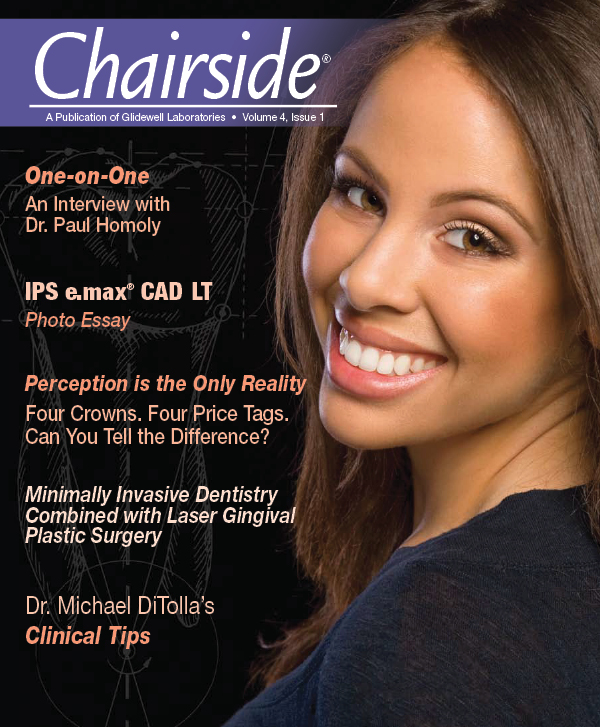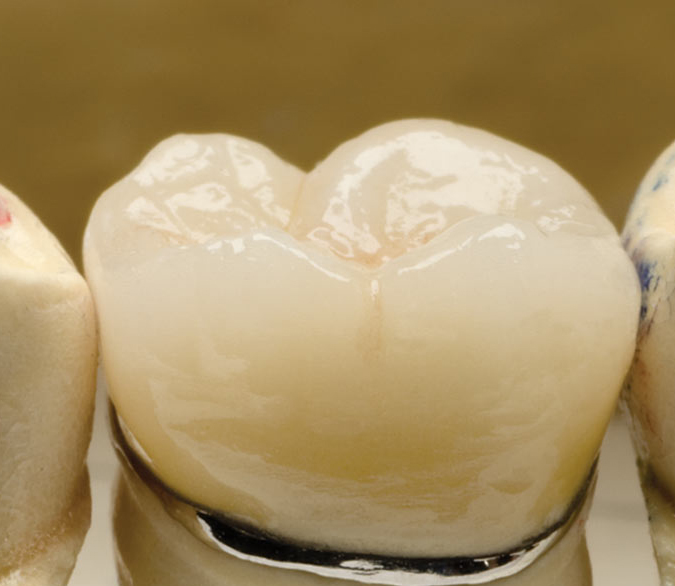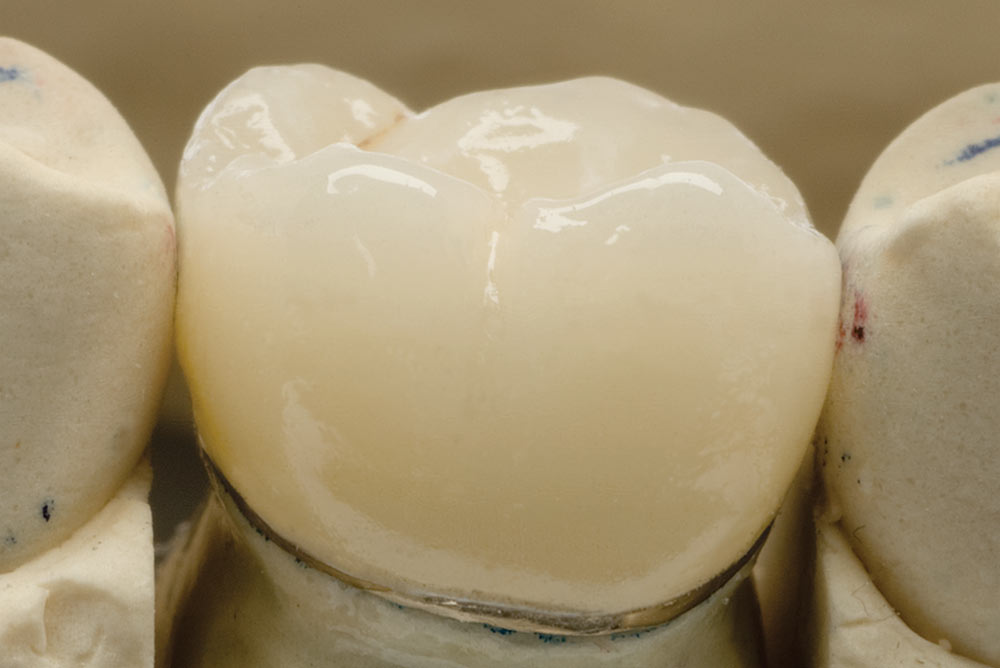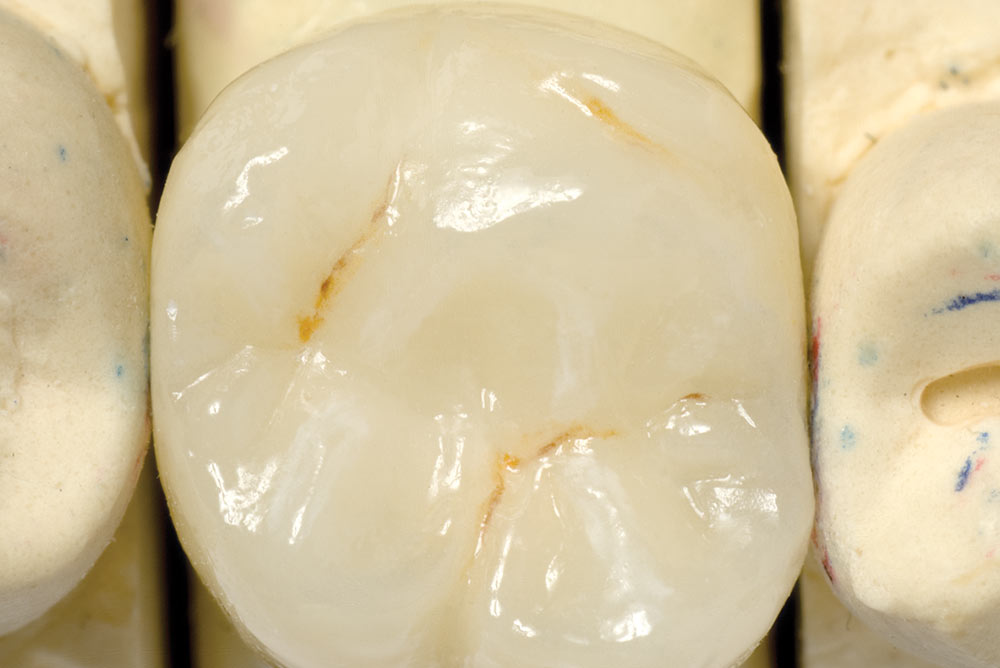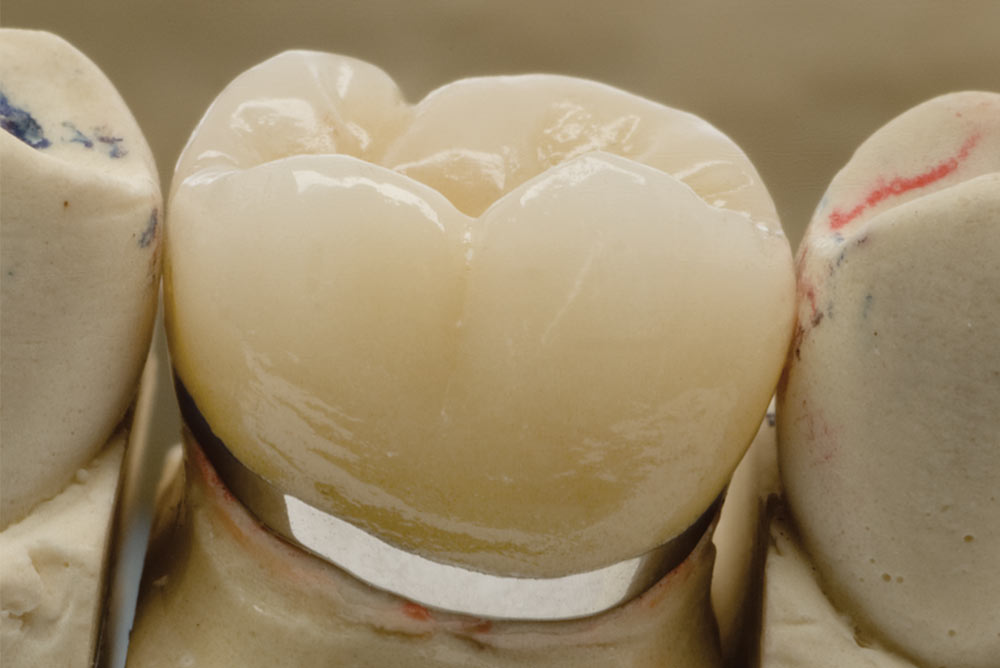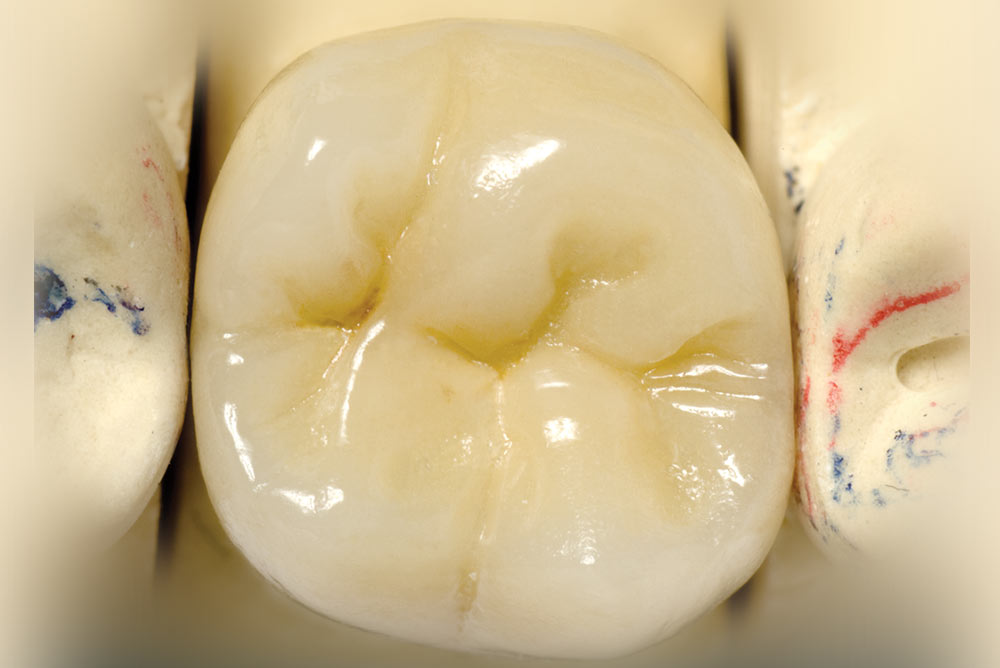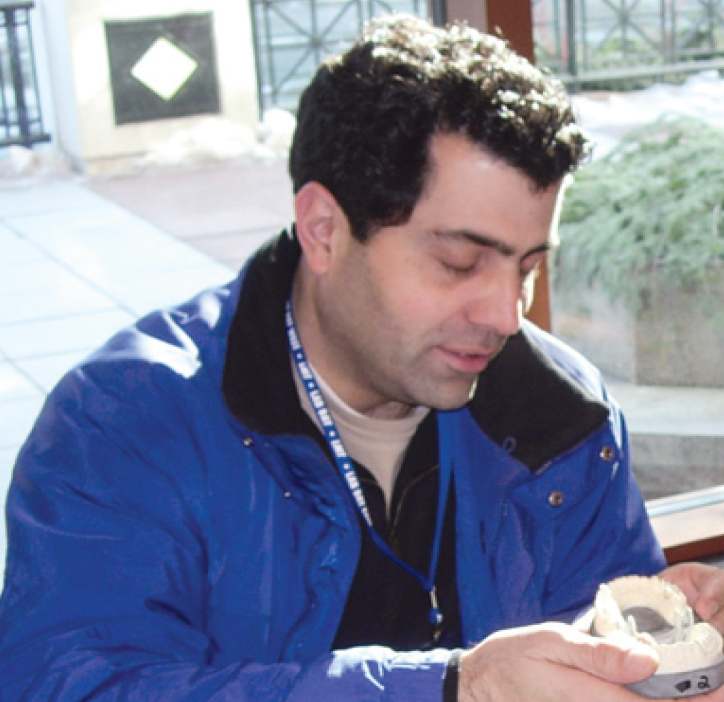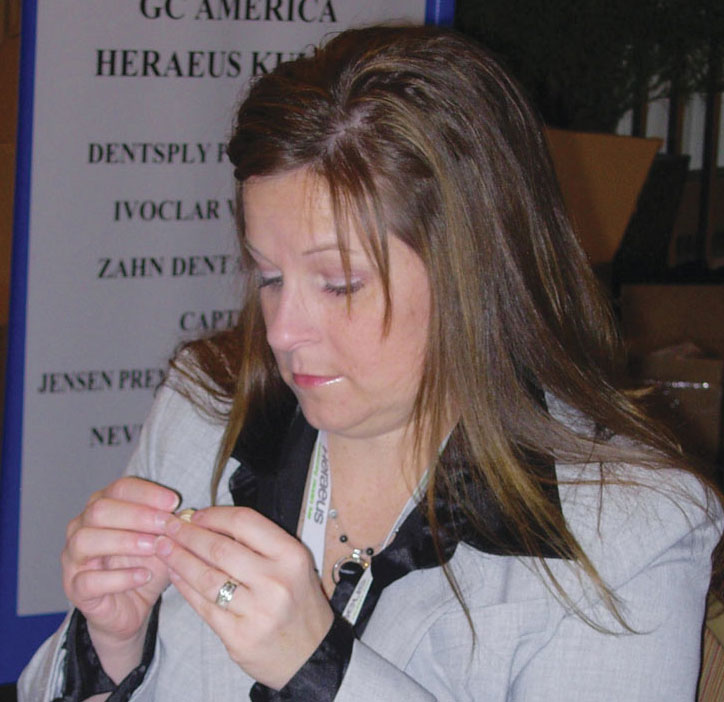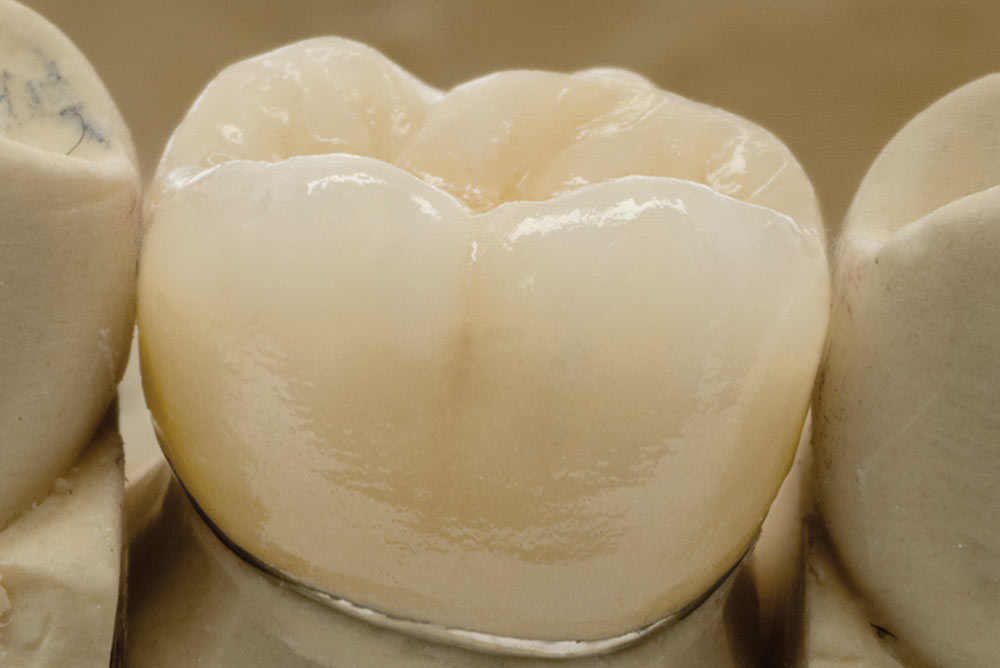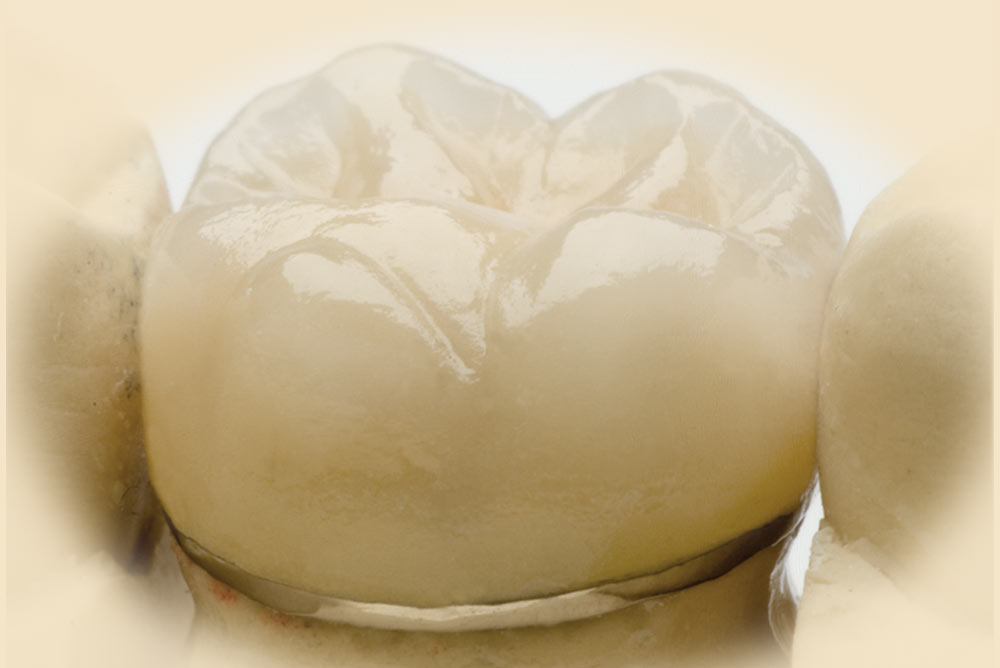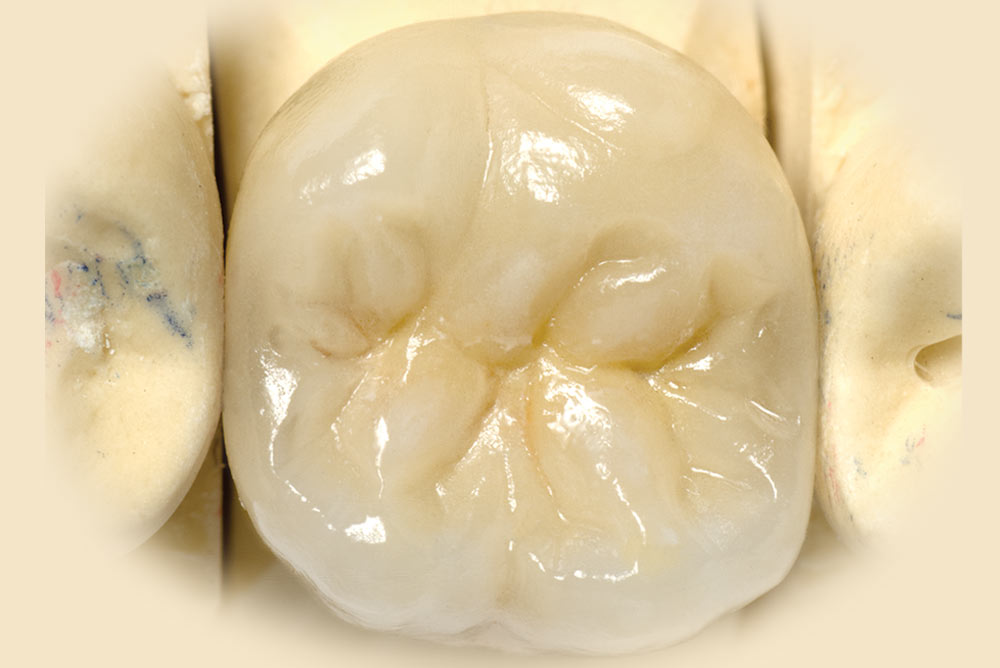Perception Is the Only Reality
Four crowns. Four price tags. Can technicians and dentists tell the difference?
article by Kelly Fessel Carr, Editor of LMT Reprinted with permission from LMT’s September 2008 issue
CAN TECHNICIANS AND DENTISTS TELL THE DIFFERENCE BETWEEN A $25 CROWN AND A $325 CROWN? THE ANSWER, FOR THE MOST PART, IS “NO!” ACCORDING TO AN EXCLUSIVE LAB MANAGEMENT TODAY (LMT) RESEARCH STUDY.
LMT selected four crowns from four different laboratories that participated in its 2007 Crown Challenge, a competition in which 228 individuals and technician teams fabricated the same crown using the same prescription and duplicate models provided by LMT. LMT chose these four crowns in particular because they had price tags that differed by $100, starting at $25 and topping out at $325. It’s important to note that the LMT Crown Challenge participants were knowingly putting their best foot forward in hopes of winning the competition, meaning this is not a random sampling.
LMT traveled the country to ask dentists and technicians to examine these four crowns on the models and match them with the correct price tag. Of the 70 dentists who participated, only 3% matched all four crowns correctly; among the 106 technician participants, only 10% did so.
Four crowns were fabricated for LMT’s 2007 Crown Challenge using the following prescription: Pin and section the master model and die, and fabricate a PFM crown in shade VITA A3.5, using a noble alloy, for tooth #14 with a small circumferential metal collar. Place some light fissure staining in the occlusal grooves to simulate a lifelike appearance.
Please note that the crowns and models may have marks on them from the articulating paper used during evaluation.
THE MESSAGE
Given that there are no universal technical standards in our industry and that participants were judging the crowns on the model, not in the mouth, the results aren’t all that surprising. Many of the dentist-participants readily admitted that they had no idea which crown sold for which price. Their overall impressions of the four crowns ranged from one end of the spectrum to the other; for instance, one said, “None of these crowns excite me,” while another said, “All these crowns are very nicely done with good marginal fit.”
So if quality is in the eye of the beholder and your dentist-clients agree with one dentist-participant who said, “A crown is just a crown,” how do you distinguish yourself from the competition? With such a disparity of opinions about the definition of quality, saying you offer a “quality product” isn’t enough of a sales pitch.
Providing a restoration with acceptable form, fit and function is a given in today’s technical world. But what would make a dentist pay $100 more for a particular crown is his perception of value, which is influenced by your marketing efforts, positioning strategy and additional services. Technical support, customer service and ability to be a valuable resource to your clients are paramount to his opinion of your work, and the fee he’s willing to pay.
Listening to the dentist-participants’ comments during the evaluation process provides a firsthand review of what they look for in a laboratory relationship.
Here are some fundamental points to help get inside your dentist-client’s head:
CONSISTENCY IS KING: “This is a decent $25 crown, but will you get that same quality from restoration to restoration?” asked one dentist-participant. “Consistency over time is what I look for in a laboratory.” Whether your laboratory is positioned as high-end, economy or somewhere in between, your clients expect consistency on every case they receive from your laboratory.
ONE DENTIST’S CEILING IS ANOTHER ONE’S FLOOR: Dentist-participants had differing opinions about the technical aspects of these four crowns: one liked the anatomy on the $125 crown, another thought it was bulky; one liked the esthetics and staining on the $225 crown, another didn’t. Just as your employees need to know what you expect, you need to have a clear understanding of your dentist-clients’ technical expectations and document his preferences, such as how he likes his contacts and style of laterals and metal collars. Also, your employees need to have the technical expertise to be flexible in their case design in order to execute client preferences.
THE POWER OF PACKAGING: Several dentist-participants mentioned that sloppy model work and inexpensive articulators are often indicative of lower-priced work, while sophisticated pinning systems and expensive die stone are synonymous with higher-priced work. This may or may not be the reality, but it’s a perception worth noting and underscores the need to focus on the esthetics of all aspects of your case presentation — not just the denture tooth setup or porcelain layering, but also your exterior packaging.
FOUR CROWNS. FOUR PRICE TAGS. WHO MATCHED THEM CORRECTLY?
LMT selected four crowns with fees that differed by $100, starting at $25 and topping out at $325. Technicians and dentists examined the crowns and tried to match them with the correct price tag. Here are the percentages of correct answers for the 106 technician-participants versus the 69 dentist-participants:
THE $25 CROWN VS. THE $325 CROWN
- The $25 crown was made by a 10-person full service lab located outside the U.S.
- The $325 crown was made by a seven-person C&B lab in a western U.S. state.
- Of the four crowns in LMT’s exclusive research study, the $325 and $25 were the only ones that were articulated.
- Nine percent of technician-participants put a $325 price tag on the $25 crown, whereas 33% of dentist participants did so.
- Nearly half of the technician-participants correctly identified the $325 crown; only 32% of dentist-participants did so.
NO CONSENSUS AMONG TECHNICIAN-PARTICIPANTS
“You could seat any one of these crowns.”
“All of these crowns are acceptable.”
“I wouldn’t pay $325 or $225 for any of them.”
“If there’s a $25 crown here, it’s a GOOD $25 crown.”
“I don’t think there’s a $325 crown here.”
“There’s not as much difference between the $25 and $325 crowns as you’d expect.”
“All are high in occlusion.”
“None of the model work is worthy of $325.”
“There’s not one here worth $325, but whoever’s getting that — God bless ‘em!”
Reprinted with permission from LMT® Communications, Inc. Copyright ©2008. Visit lmtcommunications.com Crown photos provided by Brad Stanton Photography, Danbury, CT

